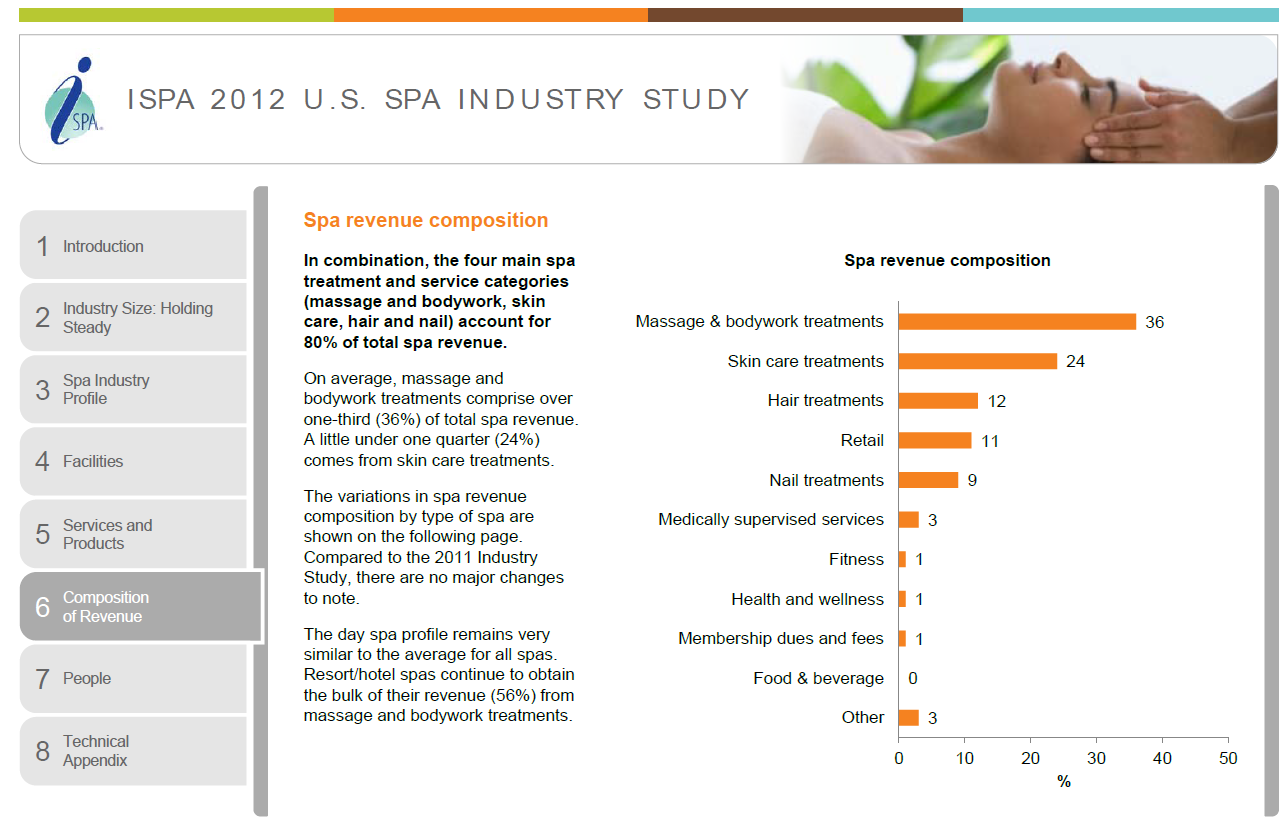Is wellness part of spa, or is spa part of wellness?
- Published: Tuesday, July 9th 2013
- in Living Well
Is wellness part of spa, or is spa part of wellness?
This question came up during a panel discussion I participated in at the Washington Spa Alliance several months ago. I was surprised that we didn’t all agree on the answer.
I have been equally surprised that some people have questioned why we are putting so much emphasis on “wellness tourism” at the upcoming 2013 Global Spa and Wellness Summit. More than a few times I have been told, “but wellness is such a small part of our business.”
What is going on here? Why are people seeing wellness with such a narrow definition? It seems obvious to me that wellness is the broader concept and spas are part of wellness; however, I am learning that not everyone sees it that way.
And then it occurred to me that there might be a very rational explanation for this way of thinking. After all, the term spa has been around a lot longer (centuries) than the term wellness, which has only been in use since 1961, so perhaps it is understandable that one would think the new term (wellness) would be a subset of the older term (spa).
In addition, after digging through some of the spa research in my files, I came across this graph, which I believe also appeared in earlier studies.
The graph shows how spa revenue is calculated. Notice that the category “health and wellness” is credited with bringing in just one percent of the total of a spa’s revenue. On the other hand, massage and bodywork accounted for 36 percent of a spa’s revenue, and skin care treatments for 24 percent. It is not surprising that spa management doesn’t want to spend time with wellness!
I remember when the word wellness first became part of the conversation in the spa world, just five to ten years ago. As spas endeavored to embrace a term that was gaining in popularity with consumers, rather than simply considering almost everything that was happening at a spa as wellness, many added some services to the menu and called those services “wellness.” Often these were nutrition consultations, fitness coaching, or perhaps acupuncture or some other complementary/alternative modality. Some even began labeling their medical services wellness.
In the meantime wellness has become mainstream, and the consumer now generally considers massages, facials, fitness, bodywork, and the education classes at spas, along with nutrition and personal coaching and the like, all part of wellness. In the McCann report, “The Truth about Wellness”, consumers overwhelming said that they consider the following to be part of wellness – in this order: physical, mental, emotional, spiritual, financial and social aspects. “ Even ISPA’s definition of spa has wellness throughout: “Spas are places devoted to overall well-being through a variety of professional services that encourage the renewal of mind, body and spirit.”
And as health insurance companies and corporate wellness programs embrace wellness as a way to reduce health care costs, we will see more emphasis on wellness modalities like massage and yoga…. but it is not likely that they will be defined as “spa treatments”.
Finally, if a walk through history doesn’t convince you, let’s look at the numbers. According to the SRI International research report, “Spas and the Global Wellness Market: Synergies and Opportunities”, wellness was a US$1.9 trillion dollar industry in 2010. But SRI’s “Spa Economy Report” that was issued just the year before showed the core of spa is a US$60 billion dollar industry or, if you look at spa and its enabled industries, US$254 billion. When you look at the numbers, spa has to be a subset of wellness – not the other way around.
I’ve had this discussion with several ISPA board members, and they also have agreed that it would be wise to adjust the wording on that question next time around, so it reflects that the spa industry is part of wellness, and underscores that almost everything we do at spas relates to wellness.
Suddenly spas have become a hugely important part of wellness. They are where wellness happens, and wellness tourism is becoming one of the greatest marketing opportunities of this decade. That’s why you will see this topic take center stage at the upcoming Summit.




